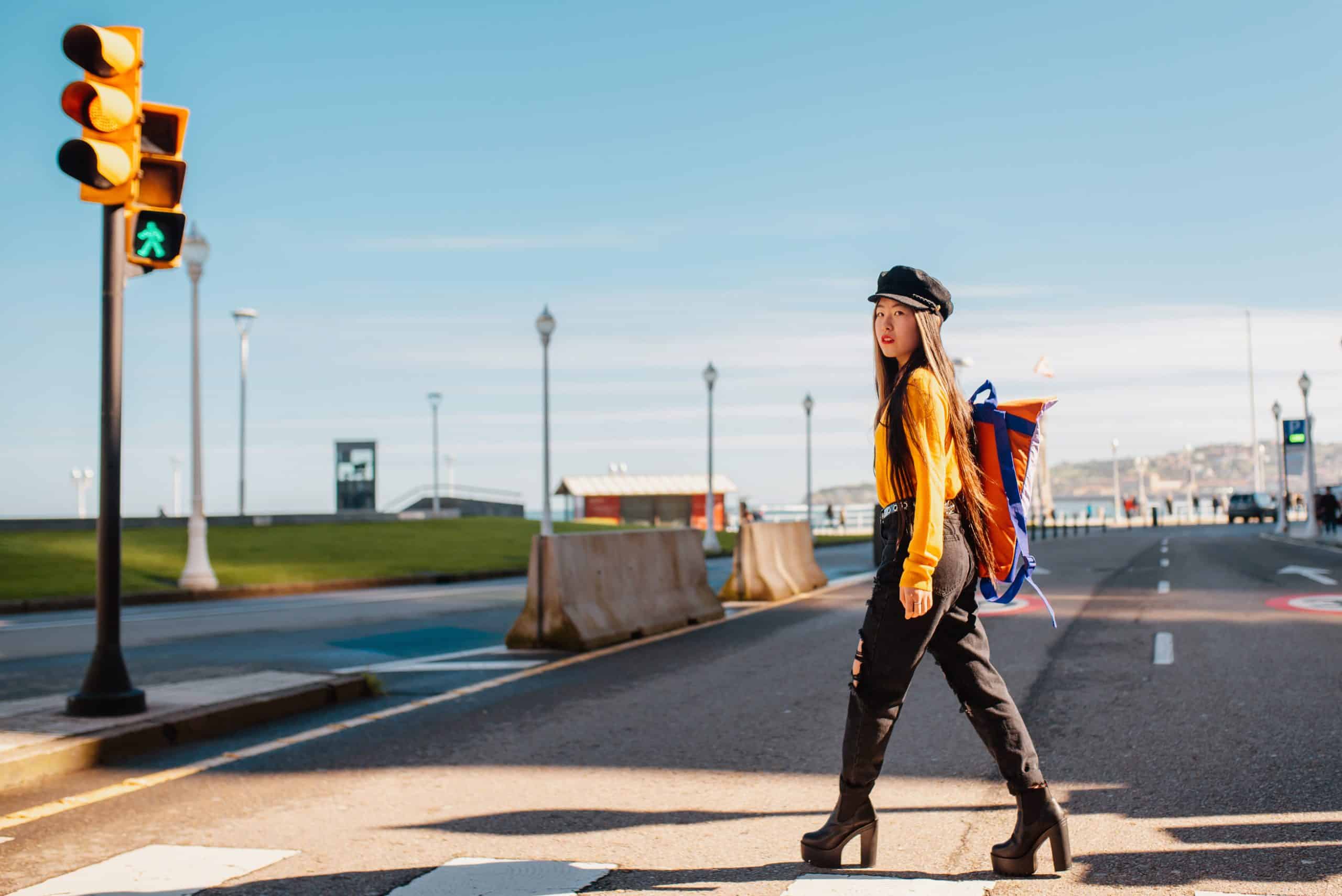How can you arrange a tour focusing on sustainable urban development projects in Bristol?

As a burgeoning city growing in popularity, Bristol has a myriad of urban planning strategies that prioritize sustainable development, green spaces, and climate resilience. Many cities, such as London, look to Bristol for inspiration and insight into effective urban design. Whether you are an urban planning student, professional, or an ordinary citizen interested in sustainable urban development, you might be keen on exploring these innovative structures and spaces. Here is how you can arrange an enlightening tour that focuses on sustainable urban development projects in Bristol.
Identifying key places of interest
Before you can plan your tour, you need to identify the key projects that exemplify Bristol's commitment to sustainable urban planning. Among such strategic developments is the Bristol Harbourside, a prime example of sustainable regeneration. Once a derelict dockland, it's now a vibrant residential and commercial hub.
Lire également : What are the options for participating in a guided archaeological dig in the Orkney Islands?
The Cabot Circus Shopping Centre, another noteworthy project, boasts of a unique design that promotes natural lighting and ventilation. It was awarded the Building Research Establishment Environmental Assessment Method (BREEAM) 'Excellent' rating for its sustainable design features.
Bristol's Temple Quarter is also worth exploring. This area is undergoing a significant transformation to create thousands of jobs and homes while incorporating sustainability in every aspect of its design. The project aims to make Bristol a leading hub for digital and tech businesses while prioritizing green spaces and public transport.
A lire en complément : What are the best spots for a guided snorkeling tour to explore marine life in the Hebrides?
Researching the story behind the structures
When you plan your tour, you would want to understand the initial planning stages, the challenges faced, and how the local government, developers, and the community worked together to make these projects possible. This knowledge will enable you to appreciate the city's strategic plan and efforts to create a sustainable urban space.
You can use online resources, books, and contact local authorities and project developers for this information. You'll find that Bristol's urban planning strategy centers around three main aspects: sustainable infrastructure, climate resilience, and inclusive design. Reading about these will give you valuable insights into not just the physical structures, but the principles guiding Bristol’s urban development.
Mapping your route
Now that you have identified the main spots and understood the story behind them, it's time to map out your route. Start with the geographical location of each site and plan your route in a way that minimises travel time and maximises your time at each location. Remember, the goal is to explore and learn, not just to check off places from a list.
Incorporating public transport into your journey can also give you a deeper understanding of Bristol's commitment to sustainable urban development. The city's transport plan prioritizes bus and cycling routes to reduce carbon emissions and promote a healthier lifestyle.
Engaging a local guide
While you can certainly explore on your own, engaging a local guide can add depth to your understanding of Bristol's urban planning. Local guides can provide insider knowledge, share local stories, and answer questions you may have. They can also help you connect with local communities who are the beneficiaries of these sustainable urban initiatives.
Witnessing the impact on the local community
Finally, while you are on your tour, take the time to observe the impact these projects have on the local community. Sustainable urban planning goes beyond green spaces and carbon emissions. It encompasses a broader vision for a city that values its residents' quality of life.
Look at how the design of the buildings promotes natural light, how green spaces are integrated into residential areas, and how accessible public transport has shaped the community's lifestyle. These observations will reveal the tangible benefits of sustainable urban planning and the role it plays in shaping a city and its people.
By following these steps, you'll be able to plan an informative and enriching tour of Bristol's sustainable urban development projects. More than just a sightseeing trip, it's an opportunity to learn from a city that has made sustainability a priority in its urban planning strategy. As you witness the harmony between urban development and nature, you may come away with ideas and insights to promote sustainable practices in your own cities.
Engaging with local stakeholders
An important part of truly understanding the impact of sustainable urban planning involves engaging with local stakeholders. These include the local government, the city council, developers, community leaders, and residents. This interaction not only provides a unique, first-hand perspective but also promotes dialogue on the importance of inclusivity in urban planning.
Start by reaching out to Bristol City Council to understand their action plan for sustainable urban development. Be sure to ask about their climate adaptation strategies, green infrastructure initiatives, and how they plan to manage the challenges of climate change. The council's role is crucial as they approve, regulate, and oversee urban development projects.
You may also want to engage in discussions with local developers to understand their perspectives on sustainability and how it impacts their approach to planning and construction. Developers often have to balance economic viability with sustainability goals, and their insights can offer a unique look into the challenges and opportunities within sustainable urban development.
Community leaders and community-based organizations are also valuable sources of information. They can share how these projects have helped to improve local amenities, green spaces, mental health, and overall quality of life. The perspective of young people is particularly important, as they are the future users of these urban spaces.
Lastly, don't forget to engage with the residents themselves. After all, they are the ones who live and interact with these green areas daily. Their experiences and feedback can provide valuable insights into the real-world impact of these urban planning strategies.
Reflecting on your tour and its implications
After you've completed your tour and engaged with various stakeholders, it's important to reflect on what you've learned. Sustainable urban planning in Bristol isn't simply about creating green spaces or reducing carbon emissions; it's about a holistic approach that considers social, environmental, and economic factors.
Consider how Bristol's management plan is not just about dealing with climate change or creating green areas but also about boosting economic growth, creating jobs, and improving the quality of life for its residents. These are essential elements of a truly sustainable city.
Reflect on how urban planning strategies can be applied in your own city or town. What aspects of Bristol's approach impressed you the most? How can lessons learned from Bristol be incorporated into your local government's action plan or initiatives?
Don't forget to share your experience and insights with others. By raising awareness about sustainable urban development and its benefits, you can help inspire change in your own community.
In conclusion, arranging a tour focusing on sustainable urban development projects in Bristol can be a rewarding and enlightening experience. It's not just about witnessing the transformation of urban spaces but understanding the principles, strategies, and stakeholders involved in this process. This journey can offer valuable insights and lessons that can help shape the future of urban planning in a sustainable and inclusive direction.
